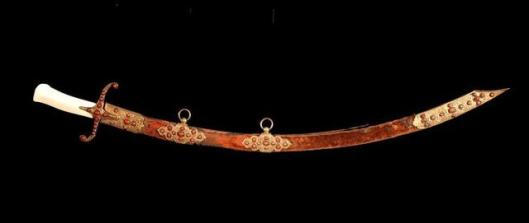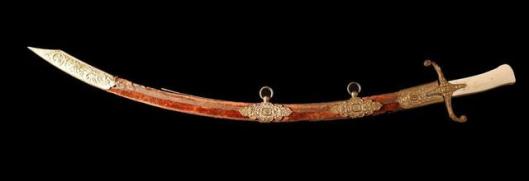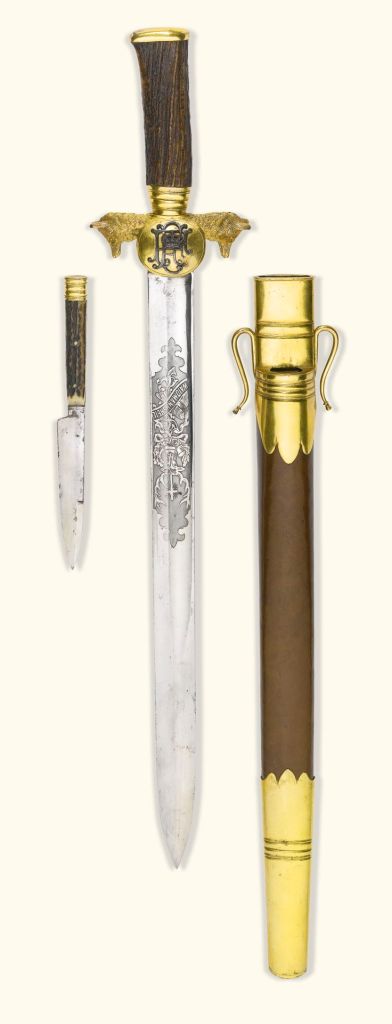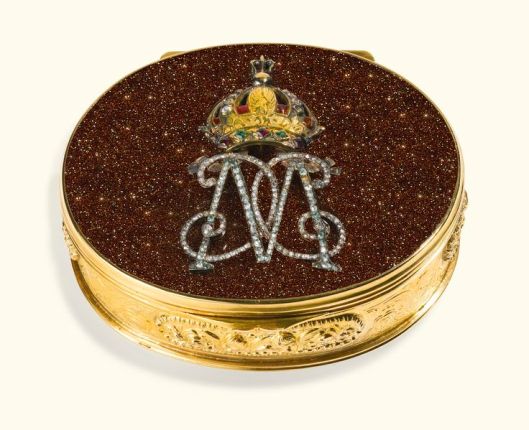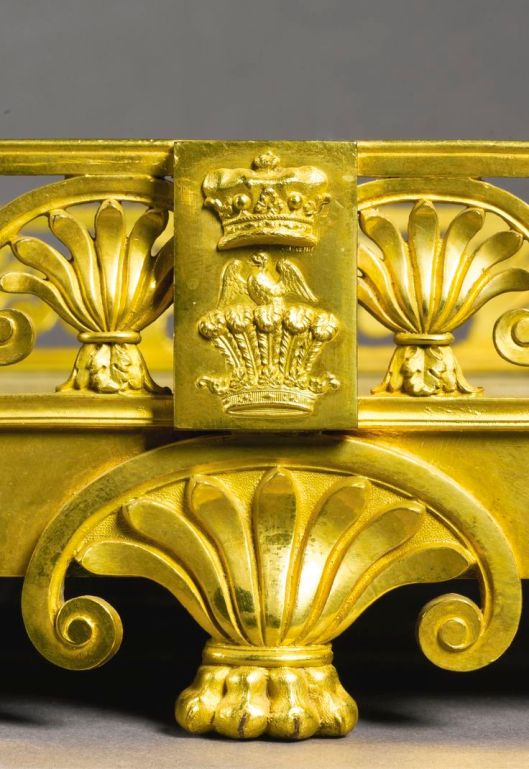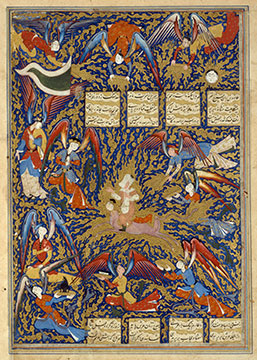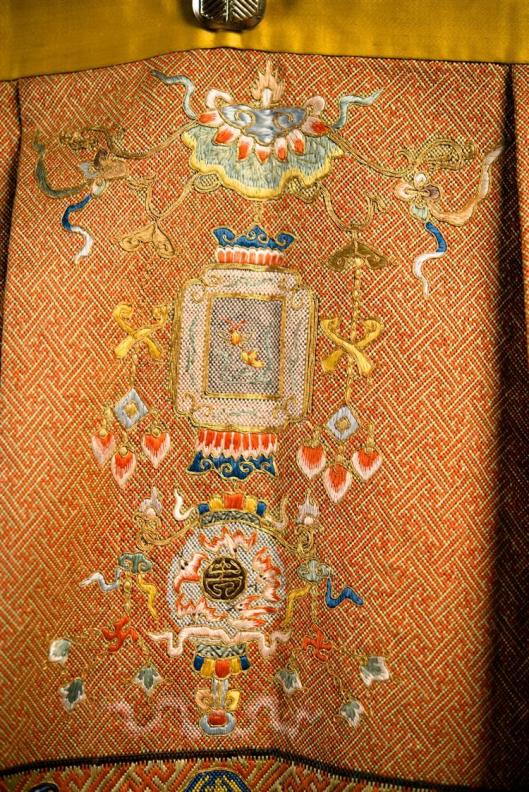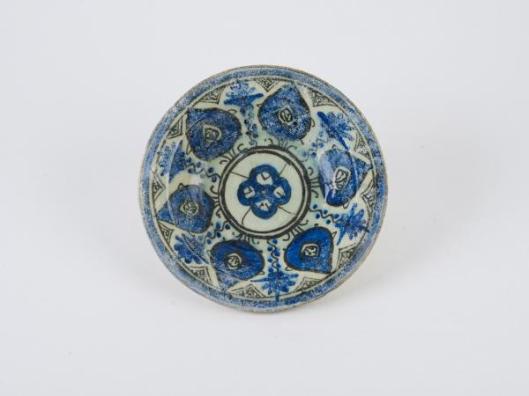Étiquettes
circa 17th century, circa 1900, Circa Mid 19th Century, Ghashgai, Persian, Persian Overcoat, Silk Textile, Suzani Embroidery
New York – The recorded history of the civilization of the area now known as Iran stretches back to the third millennium BCE, and their textile production goes back even farther. Situated between the Caspian Sea and the Persian Gulf, the region of modern day Iran has been a trading city and cultural epicenter for thousands of years. It has seen the rise and fall of many different dynasties and cultures, which have all left distinct marks on the artistic output of the area, giving Iran’s textiles a unique look and history that is impossible to replicate. In this blog post, we’ll take a deeper look at several examples of antique and vintage Iranian textiles in the Nazmiyal Collection, and explore their cultural context and significance.
Antique Persian Suzani Embroidery, Circa 17th Century. Photo courtesy Nazmiyal Collection
This embroidered textile was made in the 17th Century, at the height of the Safavid Empire’s dynasty in Iran. The Safavid period is considered by historians to be a peak time of artistry in the region, as the rulers of this dynasty allotted large sums for cultural enrichment and state-sponsored crafts and exports. The Safavid Era began in Iran at the start of the 16th century. The Safavid rulers were able to unite the various territories of Iran, and strengthened their power by establishing new military and political organizations within the region. As a result, a more unified culture was established, complete with its own aesthetics for architecture, artwork, and woven crafts.
The textiles that have survived from this period are regarded as some of the most brilliant embroideries and carpets of the region’s history. Many have floral designs, featuring symbolic cypress trees and boteh plants, while others are more scenic, giving viewers a rare look into the styles of dress and lifestyle of 16th and 17th century Persians. The textiles created during this time period were used as both decorative fabrics as well as made into clothing. Wealthy members of the Safavid court are recorded to have taken great pride in the number of silk and embroidered garments they owned, and it is written that Shah Tahmasp I (1514 – 76) was rumored to change his outfit an astounding fifty times per day!
Antique Persian Silk Textile, Circa Mid 19th Century. Photo courtesy Nazmiyal Collection
Although the Safavid Era is considered one of the greatest in Persian history, it fell in the mid 18th century, over a period of seven major conflicts and five decades of fighting, which drove the lives of the people of the region into turmoil. Because of this, artistic production during the 18th century declined, although textiles were still being produced on a smaller scale.
At the beginning of the 19th century, a new dynastic family, the Qajars, came into power. This family had the intimidating task of rebuilding a land so ravaged by civil war that at the time, a member of the French Embassy referred to Persia as “more or less a vast cemetery”. In order to establish themselves as the undisputed rulers of the war-torn region, the Qajar family carefully established its image to resemble high-powered leaders from the region’s more glorious past, from the decoration of their lavish palaces, to their gold embroidered and jewel adorned robes.
The rulers of the Qajar dynasty, which would last until 1925, were excellent at using art as propaganda to establish their power. They were dedicated to exhibiting their wealth, and so the Qajar court employed many skilled tailors, and textile creation once again reached the height of opulence and extravagant detail. Although tailors were employed by the courts, textile weaving and embroidery was still a cottage industry in the region, and contracts were assigned to various skilled weavers in cities like Kerman, Isfahan, Tabriz, and Kashan.
Antique Ghashgai Persian Overcoat, Circa 1900. Antique Persian Silk Textile, Circa Mid 19th Century. Photo courtesy Nazmiyal Collection.
For the majority of the 19th century, much of the textiles created in Persia were sold locally. While Western Europe was increasingly interested in gaining territory in the middle east, their interest did not extend to buying finished products from the region until the turn of the 20th century. The one outlier of this trend is Russia, which from the onset of the 19th century was a major importer of Iranian goods and textiles. The Russian market for Persian ikats and paisleys continued to gain strength from the early 1800’s on.
An influx of of factory-made European fabrics into Persia starting in the 1840’s damaged the Iranian textile industry immensely, as they were much less expensive than Persian-made fabrics, but could be printed with the same patterns to suit Iranians’ tastes. Large import taxes were placed on European goods by the Shahs in order to help Iranian industry, but for a time it seemed the region’s textile industry would never recover from the hit of cheap European imports. To make matters worse, a severe famine at the end of the 19th century left one-third of the population of Southern Persia dead, and 284 textile workshops in Isfahan were forced to close. It appeared that the region was destined to rely on European imports to survive.
Although textile manufacturing in Iran took a hard blow at the end of the 19th century, weaving and embroidery were still respected crafts, and luxury Persian-made fabrics and garments were still in high demand by Iranians who could afford them. This overcoat is an example of one such luxury garment. Overcoats such as this were only worn by the wealthiest members of society, and were elaborately detailed and embroidered with metallic threads. The long sleeves of these coats were either worn fastened to the wrist with ties or buttons, or open and left hanging by the wearer’s sides. The sleeves of these coats were woven to be extra long, to allow the wearer to conceal his hands within them, which was a sign of respect when in the company of a higher-ranking official.
Ironically, although the Iranian textile industry was on the decline, European taste for equally elaborate Persian carpets and rugs during the late 19th and early 20th century was exploding, and exports to Europe and the United States rose steadily. Despite Iran’s tumultuous history, it cannot be denied that the region’s textiles are some of the finest and most elegant in all of the world. The Nazmiyal Collection is proud to showcase its Iranian textiles, and to help bring awareness to the craftsmanship of these beautiful, historic fabrics.




